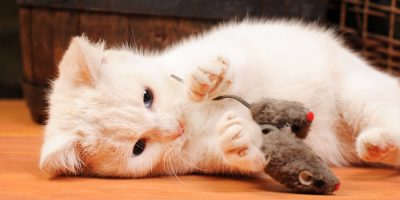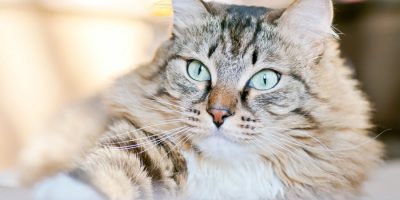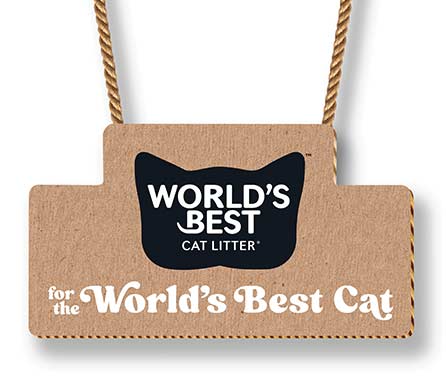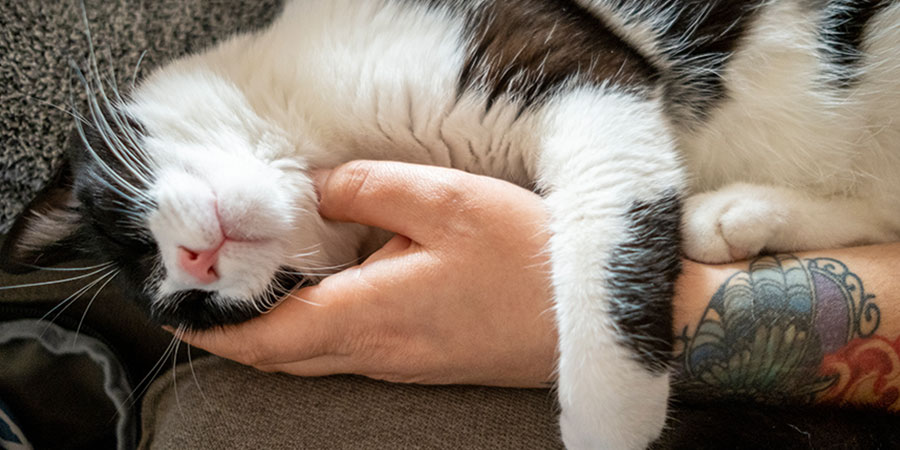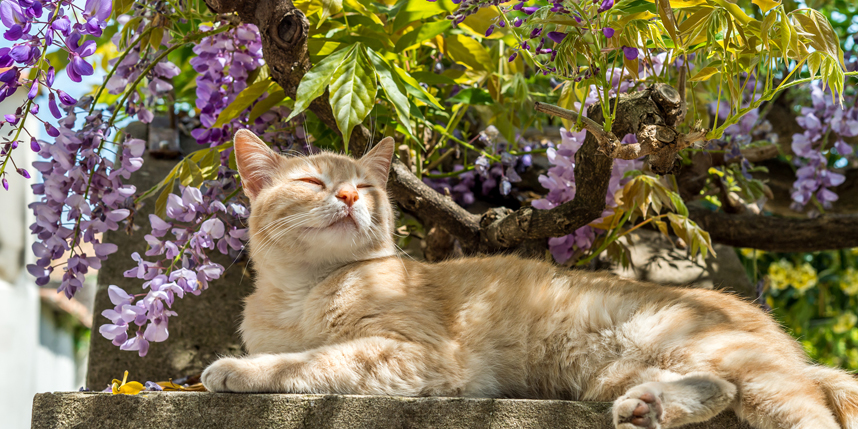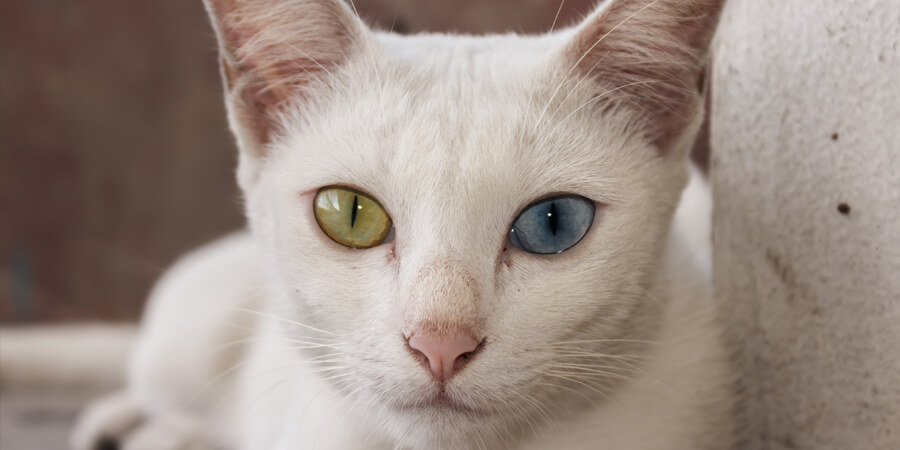The 10 Best Homemade Cat Toys
Feeling crafty? How about a little DIY cat entertainment? Homemade cat toys are an inexpensive, creative way to keep your…
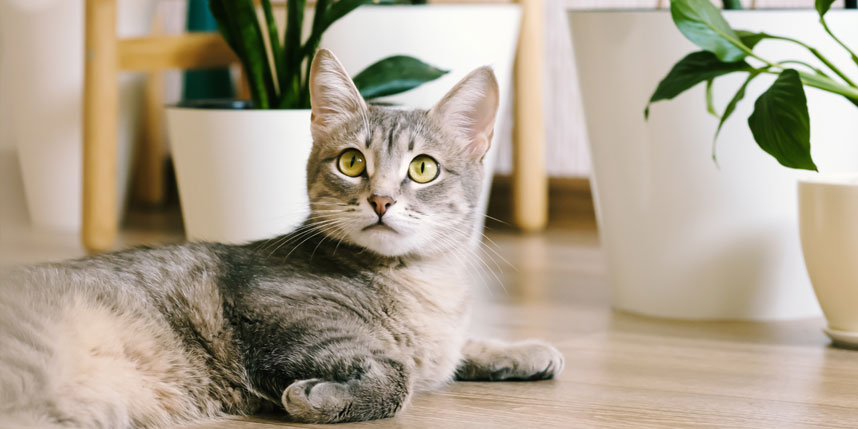
Cats and Climate Change: How to Shrink Your Carbon Pawprint
One of the things we love about our furry friends is the way they move through the world so gracefully and quietly on their padded feet. But that does not mean they leave behind no carbon footprint, err pawprint.

For example, one study estimates that the average feline generates 310 kg (683 lbs.) of carbon dioxide emission per year.
Of course, their impact on the environment is a just fraction of our own. Unlike their human counterparts, (most) cats do not spend much time driving around burning up fossil fuels or creating bags full of garbage.
They also seem to be pretty darn good at conserving energy. In fact, most of us are acquainted with cats who are capable of going hours on end without so much as moving a muscle.
But at a time when it’s increasingly important for us humans to be good stewards of our home planet, it’s good to be aware that our four-footed friends DO have a measurable impact on our changing climate, and to be mindful of ways we can minimize it.
Here’s a quick look at some of the top ways we can partner with our adorably bewhiskered pets to reduce their impact on the environment.
How to Limit Your Cat’s Carbon Footprint
Play Time
In addition to being noted for their curiosity, most cats are born with a playful streak as well.
However, buying fuzzy make-believe mice and tantalizing string toys that are made thousands of miles away across the ocean in foreign lands creates environmental ripple effects when you factor in transportation, fuel, packaging, landfill disposal, etc.
Making your own cat toys (a particularly fun activity) is as easy as letting your imagination run wild, or just googling “DIY cat toys.”
Smart Shopping
Buying in bulk and shopping sustainable brands are two ways we can be more environmentally conscious cat parents.
For instance, the bigger the bag of dry food or litter, the smaller the impact.
And if you happen to shop only sustainable pet product brands that use responsibly sourced ingredients and recyclable packaging, then you’re surely doing your part.
You can also consider buying locally or regionally produced foods, bowls, beddings, toys, carriers, and care products, which can help limit transportation emissions.
Menu Modifications
When it comes to environmental impact, what your cat eats is obviously just as important as where it comes from.
Some “cats and climate change” advisories recommend leaning toward chicken- or fish-based cat foods because the production of beef — whether for human or feline consumption — takes a massive toll on the environment.
You may also wish to consider buying organic foods and using DIY recipes to prepare your own cat meals and treats.
And while the majority of cats are fortunate to possess svelte feline physiques, concerns about obesity are not limited to humans, so it’s good to make an effort to understand your cat’s nutritional needs. Additionally, the climate change advocacy org Klima gently hints at the idea that it would not be a bad thing if all of the world’s overweight cats were to cut back on the kibble.
Litter Box Business
Be the Change offers several “shocking facts” about traditional clay cat litter: Much of it is made from strip-mined silicate and clay materials. And U.S. cat owners throw out more than 2 million tons of the stuff every year.
That’s one of the many reasons you should consider a cleaner, greener and, this is key — flushable — alternative to the traditional litters that litter our landfills.
As the No. 1 natural cat litter made from whole-kernel corn, we take sustainability seriously. To learn more about how our litter differs from clay, check out this helpful video:
